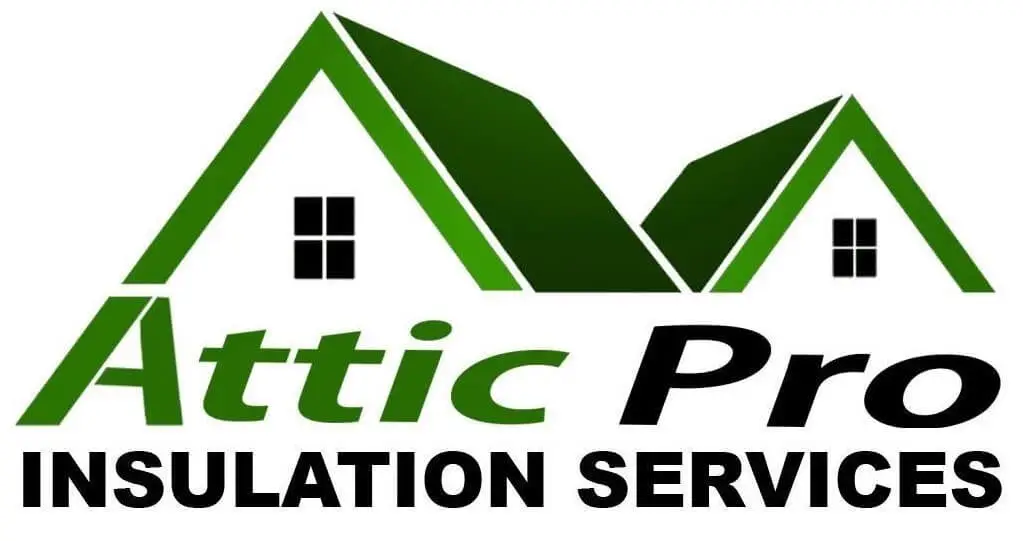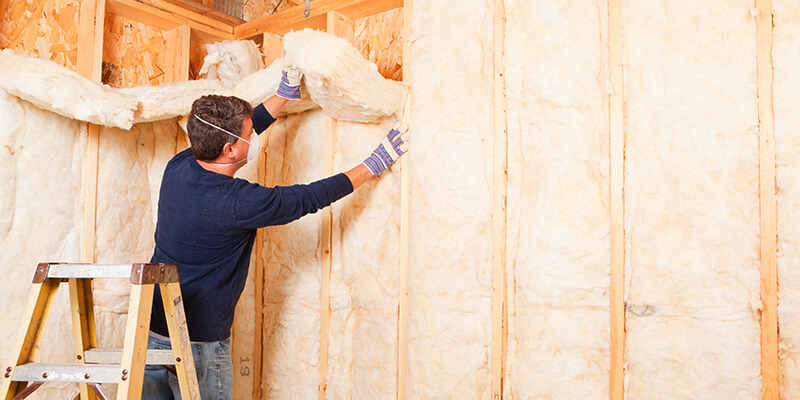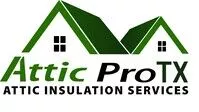Choosing the right insulation for your attic is crucial for maintaining a comfortable, energy-efficient home. In San Antonio, TX, where temperatures can vary significantly, selecting the correct type of insulation is even more vital. This article will explore the differences between faced and unfaced insulation, helping you decide which is best for your attic.
What Is Insulation?
Insulation is a material used to prevent heat transfer between the interior of your home and the outside. It’s essential for keeping your home warm in the winter and cool in the summer, contributing to both comfort and energy efficiency. There are two main types of insulation for attics: faced and unfaced.
Faced vs. Unfaced Insulation
- Faced Insulation is characterized by a vapor barrier attached to one side, usually made of kraft paper, foil, or plastic. This barrier helps prevent moisture from passing through the insulation, reducing the risk of mold and mildew in your attic.
- Unfaced Insulation lacks this vapor barrier, making it a versatile option for adding insulation over existing layers without trapping moisture between them.
Table: Comparison of Faced and Unfaced Insulation
| Feature | Faced Insulation | Unfaced Insulation |
| Vapor Barrier | Yes | No |
| Installation Area | Best for exposed walls, floors, attic | Over existing insulation, attic |
| Moisture Control | Helps prevent mold and mildew | Requires separate vapor barrier |
| Flexibility | Less versatile | More versatile |
| Application | New construction, areas without insulation | Retrofitting, adding to existing insulation |
Choosing the Right Insulation for Your Attic
The choice between faced and unfaced insulation largely depends on your attic’s current condition and your specific needs.
- For New Construction or Areas Without Existing Insulation: Faced insulation is often recommended. Its built-in vapor barrier helps control moisture, an important consideration in San Antonio’s climate.
- For Adding Insulation Over Existing Layers: Unfaced insulation is typically the better choice. It allows you to increase insulation thickness without worrying about trapping moisture between layers.
Installation Considerations
Proper installation is key to maximizing the effectiveness of your insulation. For faced insulation, ensure the vapor barrier faces the interior of your home to prevent moisture from entering the insulation layer. Unfaced insulation can be added directly on top of existing insulation, but it’s crucial to avoid compressing the layers, as this reduces their insulative properties.
Energy Efficiency and Comfort
Both faced and unfaced insulation can significantly improve your home’s energy efficiency and comfort. By choosing the right type and ensuring proper installation, you can reduce your energy bills and create a more comfortable living environment year-round.
FAQs
1. What is faced insulation?
Faced insulation refers to any insulation material that has a vapor barrier attached to one side. The vapor barrier is usually made of kraft paper, foil, or a plastic sheet. This facing helps control moisture diffusion through walls and ceilings.
2. What is unfaced insulation?
Unfaced insulation does not have a vapor barrier attached. It is simply the insulation material, like fiberglass or mineral wool, without any additional layer. Unfaced insulation is used where moisture control is not a concern or where an external vapor barrier is applied.
3. Why choose faced insulation for the attic?
Faced insulation is often chosen for attic spaces to help prevent moisture from passing through the ceiling into the attic. The vapor barrier faces the warm side of the home to reduce the risk of condensation, which can lead to mold growth and structural damage.
4. Can you use unfaced insulation in the attic?
Yes, unfaced insulation can be used in the attic, especially if there is already a vapor barrier in place or if the attic is well-ventilated, reducing the risk of condensation.
5. How do you install faced insulation in the attic?
Faced insulation should be installed with the vapor barrier facing towards the living spaces (downwards in attics above living spaces). It’s important to ensure that the facing is intact and properly sealed to act as an effective vapor barrier.
6. Can you put unfaced insulation over faced insulation in the attic?
Yes, adding unfaced insulation over faced insulation is a common method to increase the insulation value without risking moisture problems. However, do not cover the vapor barrier of the faced insulation, as this can trap moisture.
Attic Pro San Antonio, TX: Your Insulation Experts
Choosing between faced and unfaced insulation for your attic doesn’t have to be complicated. At Attic Pro San Antonio, TX, we’re here to help you make the best decision for your home. Our team of experts provides professional insulation services tailored to the unique needs of San Antonio homeowners. Whether you’re insulating a new home or upgrading your existing attic insulation, we ensure your home is comfortable


